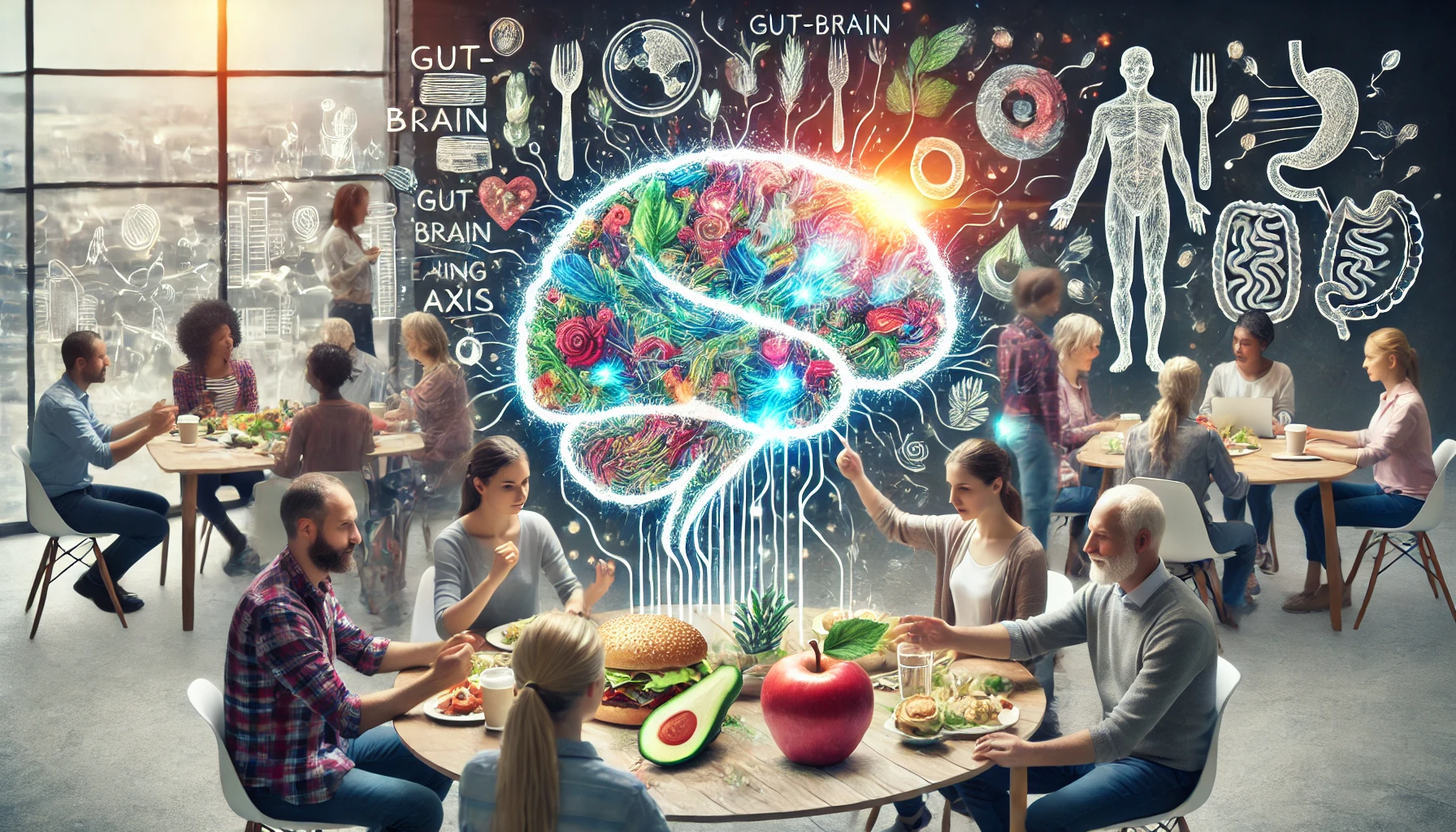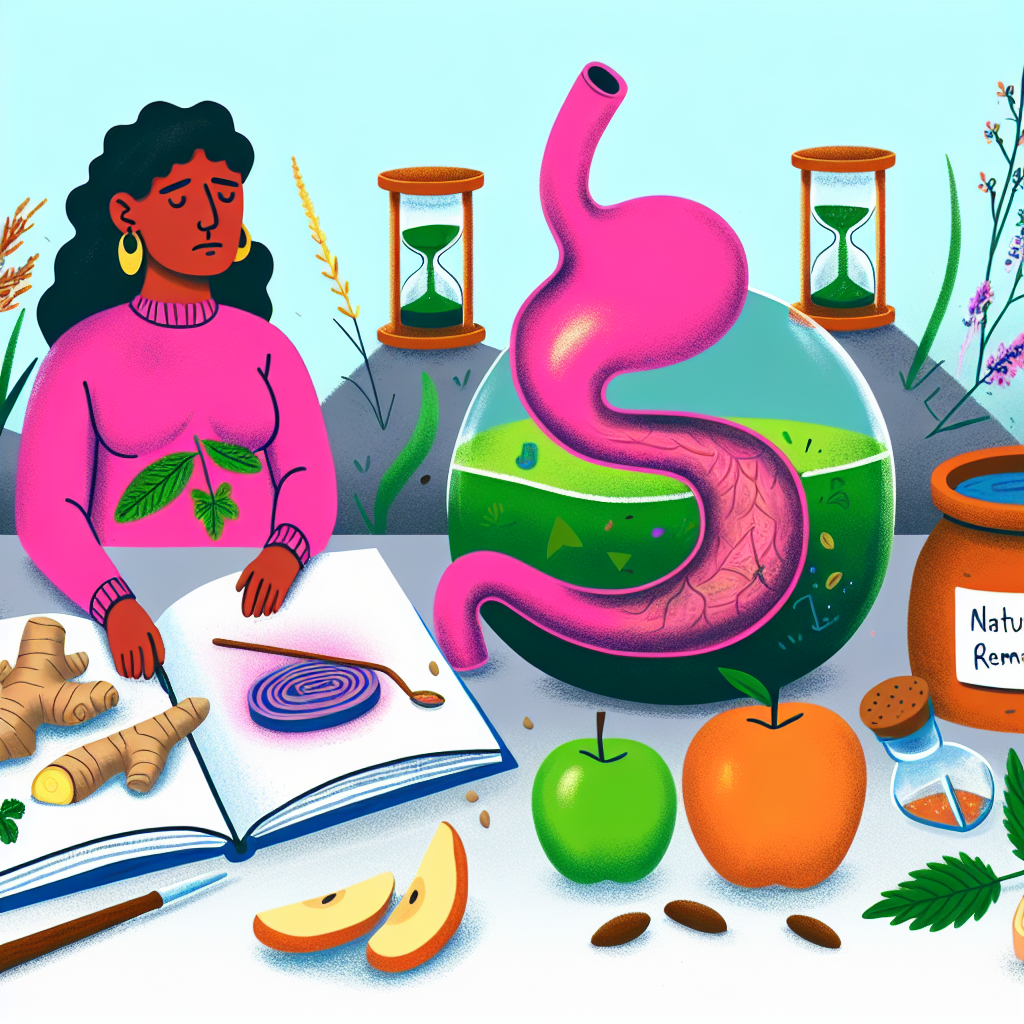The Potential Role of Gut Bacteria in Initiating Episodes of Excessive Eating
Emerging studies indicate a strong correlation between gut bacteria and excessive eating. Here’s an analysis of the content:
The Relationship Between the Microbiome and the Brain
The gut-brain connection involves communication between the brain and the gut microbiota. This communication occurs through neurons, hormones, and immunological messengers. The gut-brain axis regulates hunger, desires, and reward processing.
Potential Impact
Recent studies suggest that an imbalance or dysbiosis in the gut microbial ecosystem may affect the brain’s reward system, potentially contributing to compulsive eating behaviors.
Evidence from Studies
Animal studies show that modifying the gut flora can influence eating behavior. In human studies, people with compulsive eating behaviors have shown different gut flora compared to control groups.
Potential Mechanisms
Gut bacteria produce short-chain fatty acids (SCFAs) during the fermentation of dietary fiber, which can influence satiety signals to the brain. An imbalance in the microbiota can alter SCFA production, leading to increased appetite.
Chronic low-grade inflammation caused by an unbalanced gut flora may also contribute to compulsive eating behaviors.
Key Factors to Take into Account
This field of study is still in its early stages, and more research is needed to fully understand the link between the gut and eating behavior.
Individuality
The gut microbiota is unique to each individual, and its impact on eating behavior may differ based on genetics, nutrition, and lifestyle.
In General
While gut bacteria likely plays a role in binge eating, it is only one factor. More research is needed to draw conclusions and develop therapeutic approaches targeting gut bacteria imbalance.

Dominic E. is a passionate filmmaker navigating the exciting intersection of art and science. By day, he delves into the complexities of the human body as a full-time medical writer, meticulously translating intricate medical concepts into accessible and engaging narratives. By night, he explores the boundless realm of cinematic storytelling, crafting narratives that evoke emotion and challenge perspectives.
Film Student and Full-time Medical Writer for ContentVendor.com




